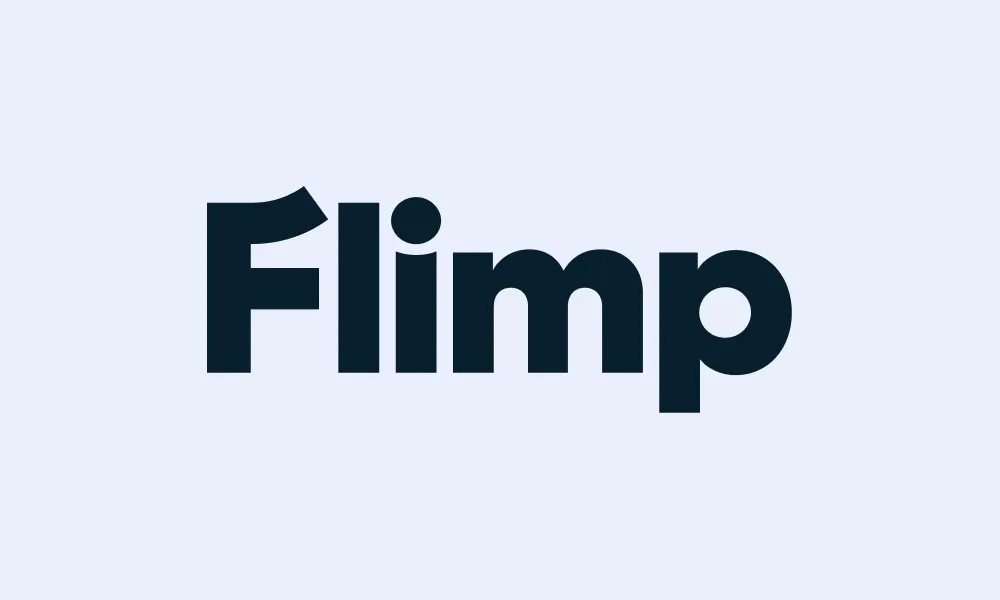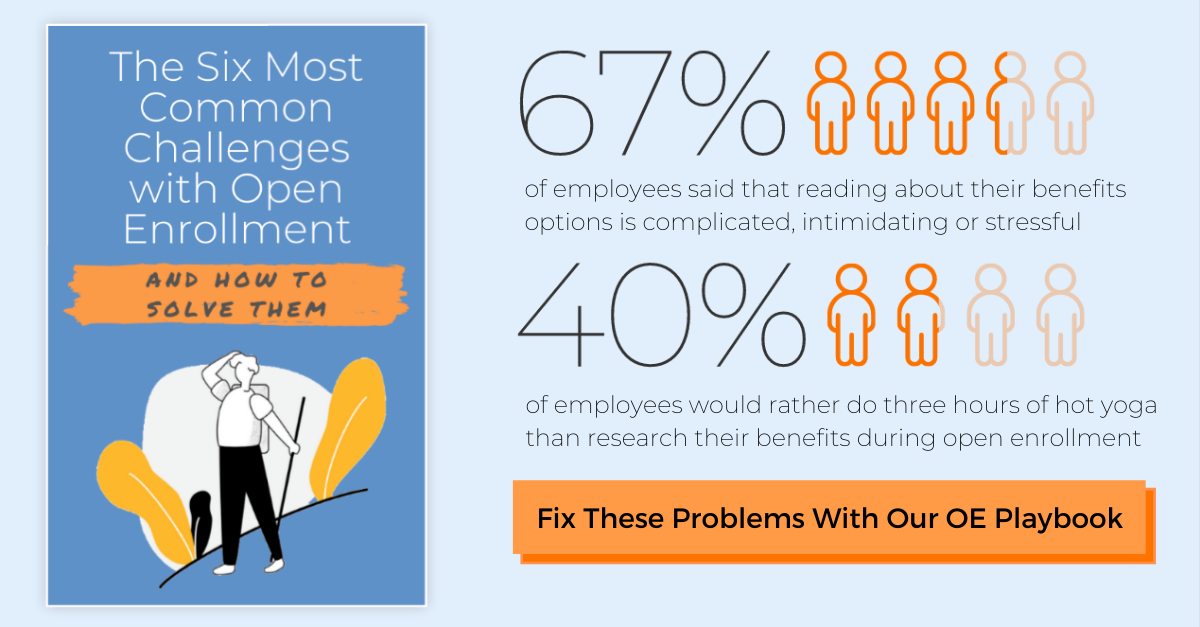 Each year, organizations develop strategies designed to improve the way they communicate with their employees. Part of the focus is on building more personalized content that will be shared across teams and, often, dispersed office locations.
Each year, organizations develop strategies designed to improve the way they communicate with their employees. Part of the focus is on building more personalized content that will be shared across teams and, often, dispersed office locations.
Organizations that empower employees to take action and own the important decisions they’ll make in the coming year are the most successful.
Many of the decisions an employee makes affect not only themselves, but also their families. These decisions are often toughest when it comes to new-hire onboarding, benefits open enrollment options, health and wellness initiatives, and ways to save more money or prepare for retirement through financial training. Employee communications now happen year round and organizations must take notice when planning their communications strategies.
As organizations of all sizes adapt to both year-round communications and the influx of new technology at their fingertips, they can find incredible value in developing clear and consistent messaging to engage and retain top employees by using several well-thought-out tactics.
So which tactics work best for successful organizations and add the most value in the shortest amount of time?
1. Start with an explainer video
Many employees prefer on-demand video accessible on mobile devices, and studies show it isn’t just among the millennial population. Executive-level employees are viewing videos at a rapid pace and most employees are interacting with video more than three times a day.
Beginning an employee communications strategy with video helps condense and simplify complex topics into short, bite-sized chunks that are easier to understand. For instance, if the plan is to educate employees on a new benefit option this year, why not include an explainer video that highlights all the details in one location?
Having a customized video to begin the education process for your organization’s workforce pays off by saving HR teams time otherwise spent managing repetitive, in-person meetings that usually go over the same information a video would.
2. Convert benefits slide decks into a presentation video
Taking a benefits guide or presentation—that’s expensive to print and edit—and turning it into an engaging, long-format video is a useful tactic for organizations to share important benefits information with employees. Adding chapters to the presentation video allows employees to quickly access the most relevant information they’re looking for. This style of employee training video can be embedded in benefits portals or microsites for year-round, on-demand access and a happier, more educated workforce.
 3. Supplement learning with pre-produced educational videos
3. Supplement learning with pre-produced educational videos
Making sure employees understand how their benefits work has become a crucial part of the open enrollment communications process for most organizations. Having a library of pre-produced educational videos at your fingertips is an advantage in that it allows organizations to cover common HR topics in a fun and animated way, and helps push employees to take action once they’re educated. Licensing these educational HR videos is a quick and low-cost alternative to more costly, customized video production.
4. Provide a decision-support tool to help employees select the ideal health plan
An organization that utilizes an unbiased, benefits decision support tool often develops a more satisfied workforce and improves open enrollment rates, while providing necessary assistance to HR teams that are frequently spread thin. The fact that employees can answer a few multiple-choice questions, then compare and choose the health plan that will likely result in the lowest overall cost and best value to them (given their anticipated medical needs), is a solid solution to engage modern workforces. Understanding the dynamics of different decision-support tools and their costs and commitment is very important as no two tools are the same (few are as user-friendly as PLANselect®).
5. Deliver your content with an all-in-one Digital Postcard campaign
The final tactic we suggest is to use all-in-one Digital Postcards as a versatile and inexpensive way to deliver branded messaging directly to targeted employees. Organizations are able to drive employees to take action without the need for IT and marketing teams. Our Digital Postcards offer multiple delivery options through internal email, embedded links in a website, intranet or benefits portal, social apps and printed QR codes. They allow HR teams to instantly update distributed content in a real-time, environmentally friendly manner as opposed to costly, more traditional methods.
Flimp Communications is familiar with all the digital tactics you can incorporate in your employee communications strategy this year. To get examples and a more in-depth look at improving open enrollment, check out our playbook:

